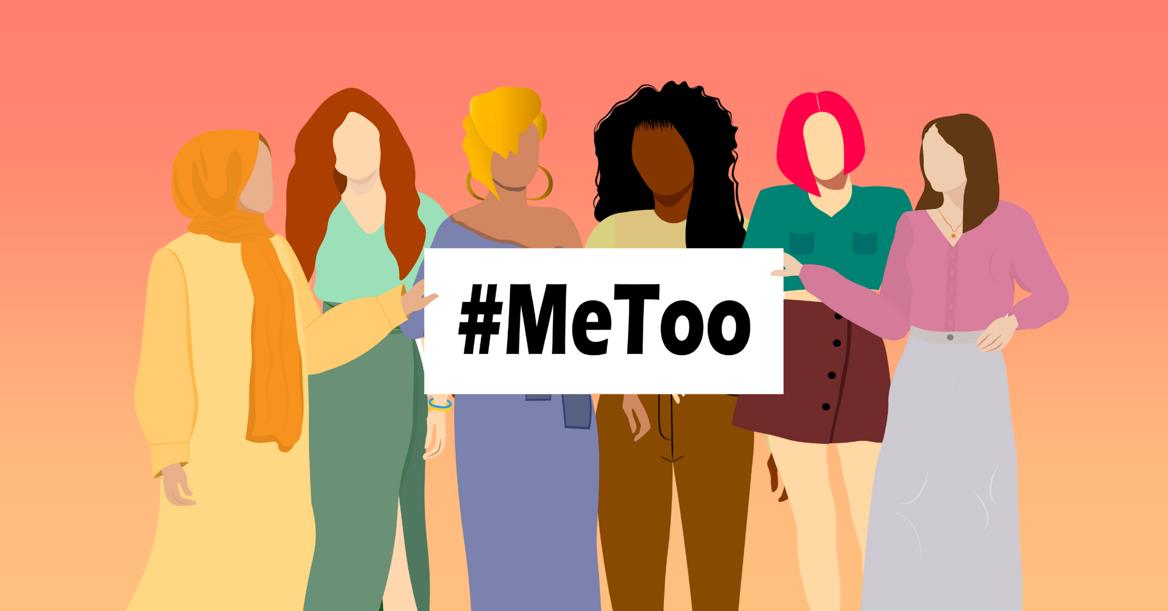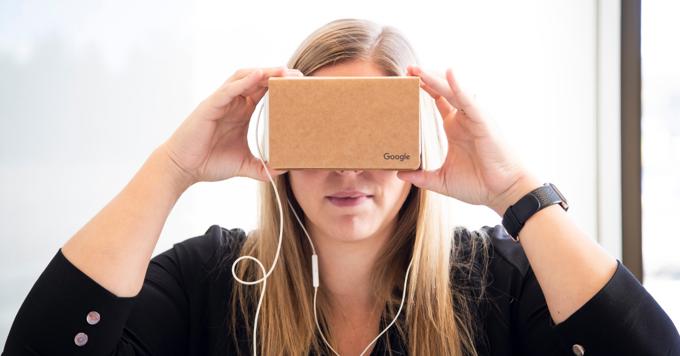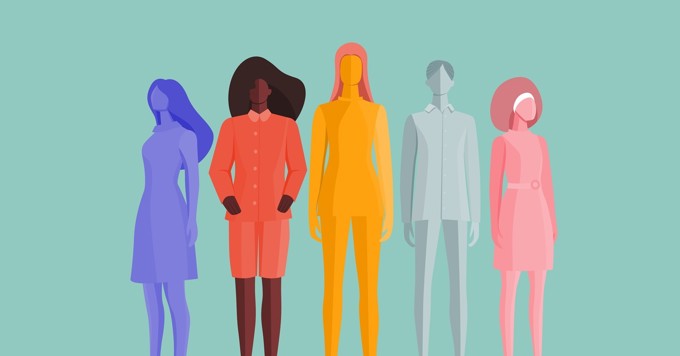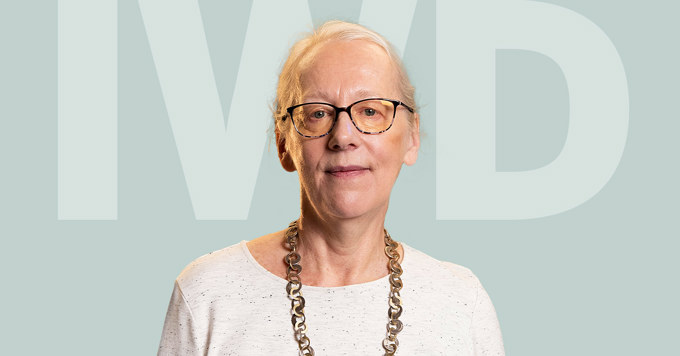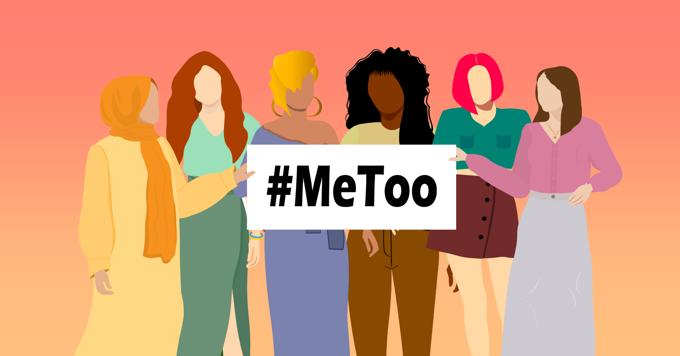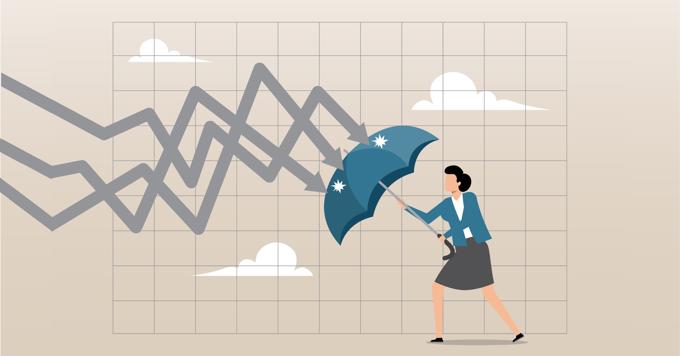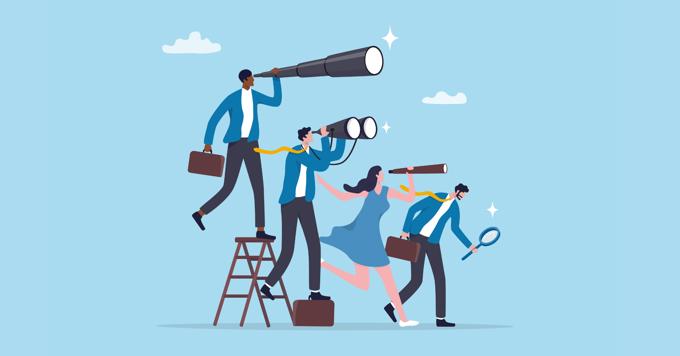On October 15, 2017, actress Alyssa Milano posted a request on X (formerly Twitter): “If you’ve been sexually harassed or assaulted write ‘me too’ as a reply to this tweet.”
Within a week, the hashtag had been used more than 1.7 million times, as people around the world, many within corporate environments, shared their stories and solidarity.
The movement, first launched by activist Tarana Burke over a decade earlier, became a rallying cry exposing the scale and impact of sexual harassment. Powerful figures faced accountability, workplaces re-examined their cultures, and #MeToo became a defining moment in modern history.
Eight years later, the conversation has quieted. But a new book edited by Shannon Rawski, Ivey Assistant Professor of Organizational Behaviour, aims to reignite it amongst global researchers.
What the #MeToo Movement Highlights and Hides about Workplace Sexual Harassment: Spotlights and Shadows brings together 23 scholars across 11 chapters to explore both what #MeToo revealed – and what it left unexamined. Together, their work sets a new research agenda to better understand and address sexual harassment in organizations.
With the book now widely available, Ivey Impact sat down with Rawski to unpack the key themes and insights.
1. What prompted you, and your fellow editor and authors, to revisit the movement now, eight years later?
#MeToo was an impactful cultural moment that put a spotlight on certain issues pertaining to sexual harassment, including the role of social movements and counter movements in social progress and how these movements play out in social media and digital spaces. The role of bystanders was also expanded, as society at large became a bystander to widely publicized #MeToo scandals. But other important aspects of sexual harassment were overshadowed by the #MeToo Movement, such as the insidious nature of the less publicized and more ambiguous social sexual behaviors at work, the intersectional nature of who is targeted by sexual harassment, trauma-informed perspectives, and the need for better resolution mechanisms in work organizations. We wanted to create the book to unite researchers to work on both types of issues.
2. Looking across the book as a whole, what recurring insights or arguments do you see as most influential for how #MeToo will be interpreted going forward?
Sexual harassment is socially complex and becomes even more so as societies become more global, diverse, and technologically advanced. As a society progresses, the ways in which sexual harassment occurs can change, but no matter it’s exact form, the behavior is harmful to people and organizations.
3. Is there anything in the research that may surprise or challenge readers?
A few chapters address stereotypes we might hold about “typical” sexual harassment situations. We have a chapter on the sexual harassment of men, which challenges the notion that women are always the victims of sexual harassment. In reality, sexual harassment targets men too and tends to look like gender based bullying with themes of “you’re not man enough”. This type of gendered policing at work hurts men, women, and folks with other gender identities too.
4. What story does your specific chapter tell about #MeToo that people might not have heard before?
The chapter on a trauma-informed perspective on sexual harassment challenges readers to consider not only the trauma of a sexual harassment experience, but also how those who have experienced past trauma (and not yet fully processed or healed from that trauma) might be prone to reenacting their trauma through sexually harassing behaviors. While harassment should not be excused, this is a new perspective that helps us understand why these behaviors might be occurring and the role work organizations might play in public health initiatives related to decreasing trauma in human societies.
5. How can academia and industry work together to better address the issue of sexual harassment in the workplace?
Academia and practice should form strong partnerships to tackle the complex social issue that is sexual harassment. New research is leading to new insights every day, and practitioners experience and witness first-hand the new complexities that result from technology advancement, globalization, and increased diversity. Together we can make much more progress on the issue of sexual harassment than we can siloed.
6. Based on your view of current momentum and resistance, what should be the next frontier for research, activism, or organizational reform related to #MeToo?
Raising awareness of the issue of sexual harassment is a first step, but we need to recognize that awareness is not the same thing as reform or resolution. To move the needle on sexual harassment, we need to recognize that with all progress comes resistance and be strategic in our research, activism, and organizational reform. We need to grapple with the complexity of this issue, and the social movements about it, or we may be doomed to keep going two steps forward one step back, seeing history (and hashtags) repeat into the future.
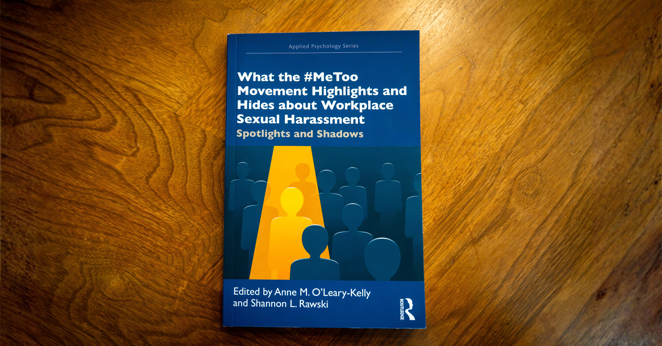
What the #MeToo Movement Highlights and Hides about Workplace Sexual Harassment: Spotlights and Shadows, edited by Shannon Rawski and Anne O'Leary-Kelly, is now available in print and e-book from Chapters, Amazon, and select bookshops worldwide.
Shannon L. Rawski is an Assistant Professor of Organizational Behavior at Ivey Business School. Her research, published in leading academic journals, examines gender and diversity in organizations, with a focus on workplace sexual harassment. Rawski is also the founder and co-organizer of the Virtual Research Consortium, a global network connecting scholars and practitioners dedicated to advancing research on sexual harassment and social sexual behavior at work.

